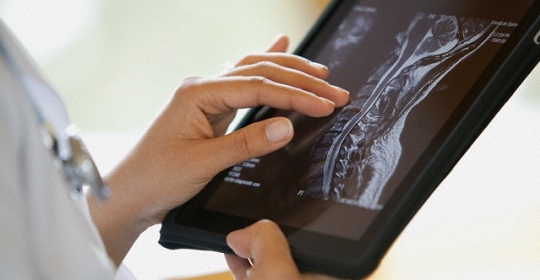

Cervical Spondylotic Myelopathy(CSM)
Case Sharing
The 53-year-old Mr. Wu started to feel numbness and weakness in his limbs in December 2008, as well as symptoms of urinary dysfunction. At that time, he was in Canada, where he was examined in detail by a neurologist and had a brain MRI. The report showed that his brain was normal.
In March 2009, Mr. Wu’s hands and feet numbness intensified, his hand movements began to slow, and his hands and feet were not very flexible. The doctor performed an MRI scan of his neck and lower back again. The MRI of lumbar report showed no special abnormalities, but the neck report It showed that the cervical spine C5 and C6 vertebral foramen were severely narrowed, causing C7 nerve entrapment. In September of the same year, the C3-4 and C5-6 cervical fusion surgery was performed. After the operation, the numbness of the hand was greatly reduced. Unfortunately, the numbness of the feet still did not improve as the numbness of the legs extended to the bottom of the feet.
Case Analysis
Cervical Spondylotic Myelopathy (CSM)occurs with age and usually occurs in the elderly. Cervical joints, intervertebral discs, ligaments and muscle will cause some pain or discomfort due to repeated wear and tear over the years.
For example, joints are damaged by long-term worn and tear and bone spurs will form, intervertebrae disc becomes dehydrated and protrudes with age, leading to narrowing of the spinal foramen, degeneration and thickening of vertebral ligaments affect the narrowing of the spinal canal, and these degenerative condition can cause severe excessive compression of the spinal cord which produces myelopathy.
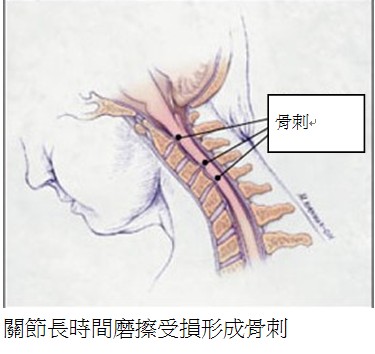
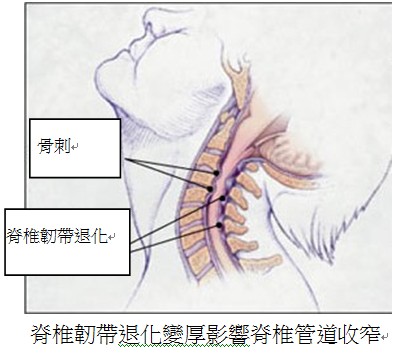
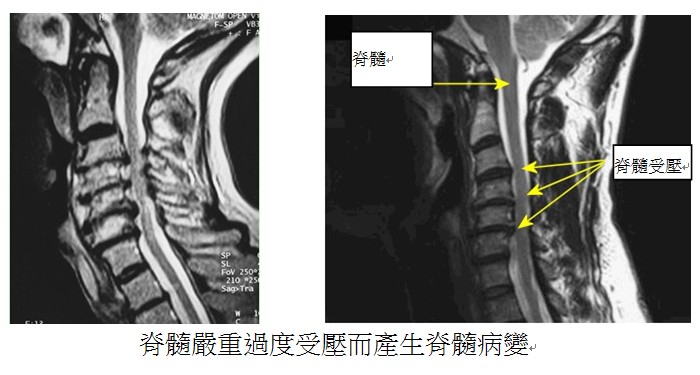
Common CSM symptoms
-Stiff neck, can be on one side or both sides of the neck
-Pain in neck, arm and shoulder
-Gradual weakness, numbness and atrophy of upper limbs
-Stiffness of the lower limbs, unsteady gait and difficulty in walking
- The foot muscles are tight and sore feeling
- Muscle activity of “pulsating" in the feet constantly
- Electric shock in limbs
-Can cause urinary dysfunction
CSM causes
1) It is a chronic degenerative disease
2) Abnormal bone spurs appear in the spine, which puts pressure on the spinal nerves, causing excessive pressure on the spinal cord
3) Degeneration of the intervertebral disc, severe protrusion and compression of the spinal cord
4) Severe degeneration of spinal ligaments compresses the spinal cord
5) The degenerative cervical spine was affected by an accidental impact on the head, which increased the compression of the spinal cord
Diagnoses Process
Generally, X-rays, electromyography (EMG), CT Myelogaphy and magnetic resonance scanning (MRI) are used to determine the location of nerve roots and spinal cord compression.
Treatment
For milder symptoms, manual treatment is generally used first. Cox® decompression manipulation can be used to relax the pressure on the spinal nerves. This is a very gentle treatment that does not forcefully pull or press the cervical spine. At the same time, if the patient’s pain is causing discomfort, they can temporarily take analgesics and anti-inflammatory muscle relaxation medicine to relieve symptoms. If the symptoms persist, it is more likely to be evaluated by surgery to relieve the pressure on the spinal cord.
Postscript: Mr. Wu’s condition is more complicated since he could not relieve the numbness of his feet after the operation. The risk of undergoing the operation is relatively greatly increased. Therefore, with the Cox® decompression manipulation, the cervical spine slowly compresses part of the spinal cord is reduced, but it will be a long term treatment case.
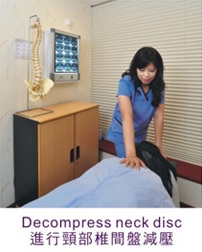

 Book an Appointment
Book an Appointment


